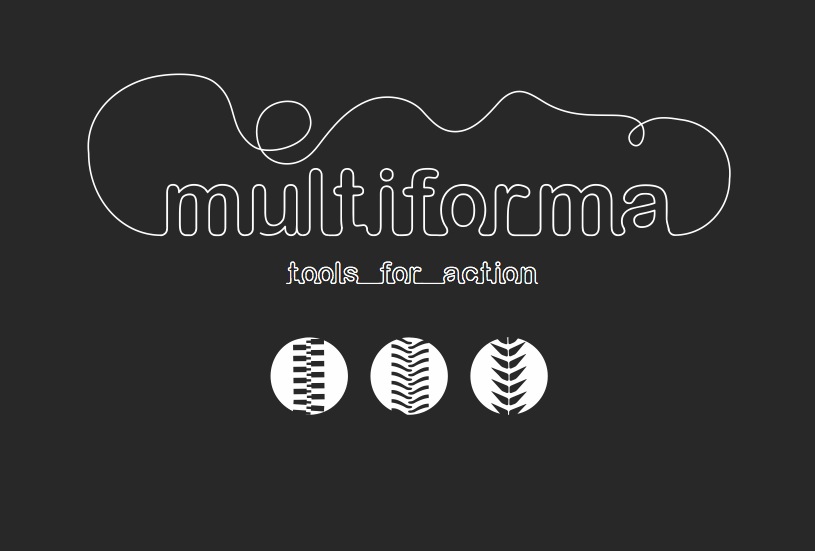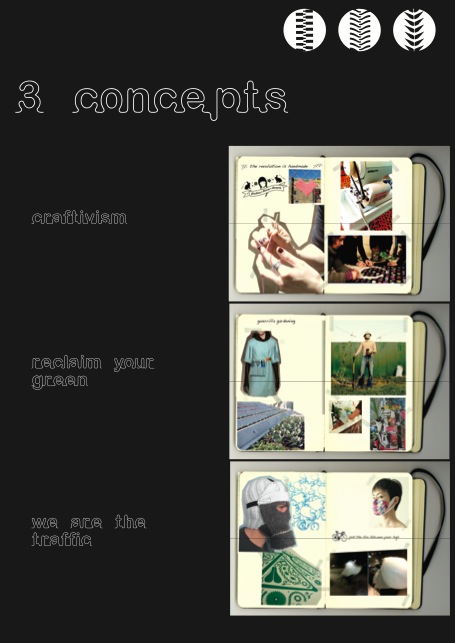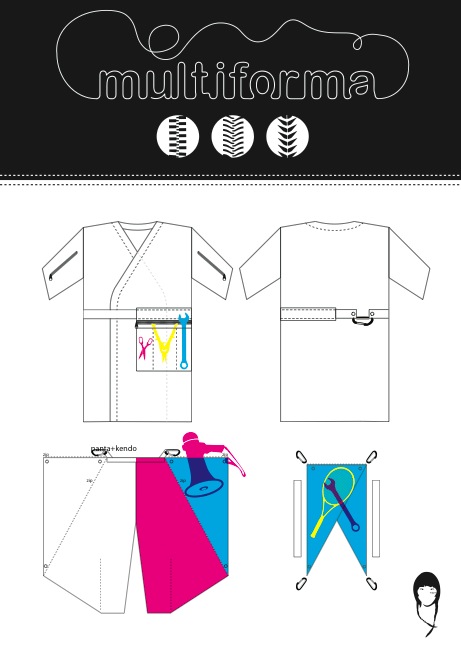“When we put on our uniforms, we become invisible” (says a cleaner in “Bread and Roses” – by Ken Loach)
(some notes from the workshop held in Geneva)
Uniforms have always been carries of messages highlighting the collective identity and eclipsing individual subjectivity- In religion, uniforms express virtue, in armies bravery and obedience, at work, hygiene, order, status. All uniforms have the aim to provide an individual with sameness within a collective, while at the same
time making her or him distinct from the members of another collective.
Under Fordism, work was for life and labor constituted identity. Uniform overalls stressed the strong collective identity of industrial labor. The very definitions of blue collars and white collars referred to collective ways of working and being, to entire systems of political values and consumer lifestyles, private desires and social expectations.
In today’s workplace, employees and freelancers suffer on their bodies and in their minds the consequences of unilateral flexibility and frantic multitasking: careers have fragmented and labor rights have gone the same way. In service industries, for example, the uniform is thus a sign of subjection to the managerial logic of a retail and/or
logistic chain. It’s a sign of domination, not of inclusion.
More than a uniform, it has become a MULTIFORM.
During the workshop in Geneva the creation of a multiform followed a ironic/allegorical register. Participants expressed the hyperbole of the contemporary labor market, where employers ask for ever more flexibility and for ever lower wages. Our multiforms in some cases became in fact a “hyperuniform” expressing corporate excess to the point of not being really wearable at work.
Conversely, it also emerge from a real need of tailoring one’s clothes on one’s real mulitasking necessities and solve the deficiencies that the globalized clothing industry has been unable to solve, because it’s incapable of satisfying individual needs, fixated as it is on fabricated market trends and niches.
The workshop was divided in two parts. The first is theoretical and revolved around a discussion on contemporary life at work, by highlighting issues and questions. The second part was practical construction of personal or collective “multiforms”, the converse of Fordist uniforms, expressing individual qualities but also collective demands and needs.
[nggallery id=1]




Lascia un commento